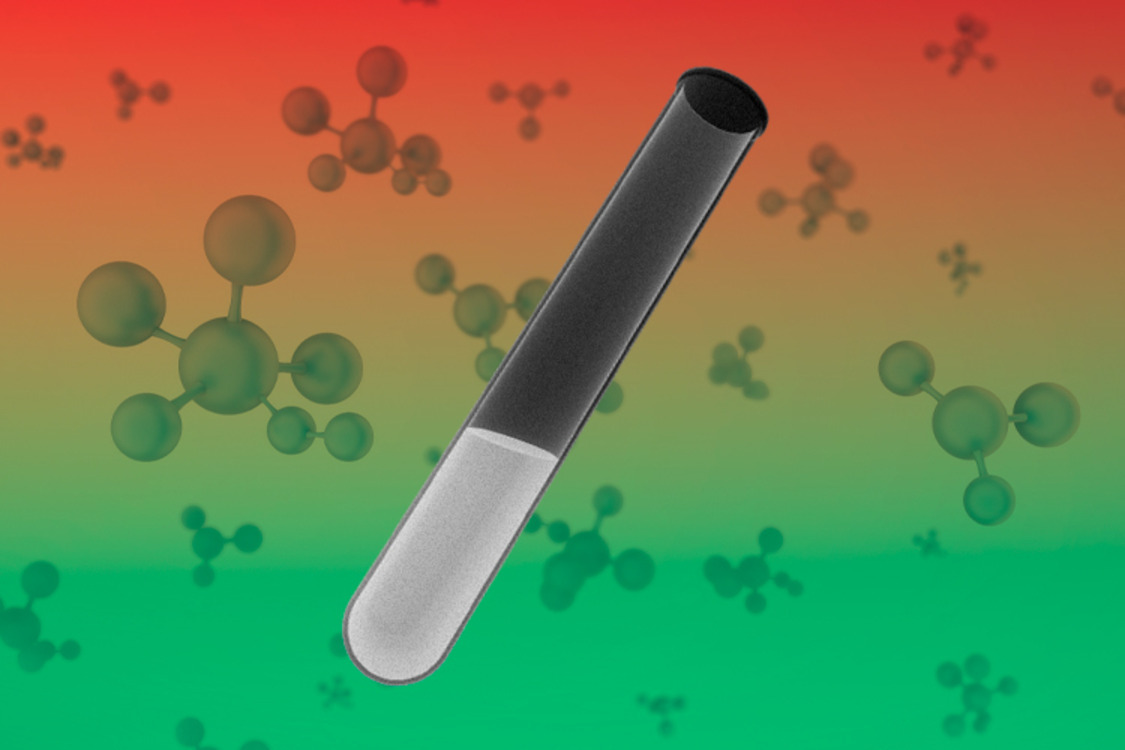By Alejandra Hurtado Romero, Andrea Zepeda Hernández, Tlalli Uribe Velázquez, María Fernanda Rosales de la Cruz, Luis Eduardo García Amézquita, Tomás García Cayuela
Global demand for blueberries is constantly growing thanks to their numerous health benefits, which are associated with the number of antioxidants and bioactive compounds they contain.
In Mexico, blueberry production has increased remarkably in recent years, going from 11,500 tons in 2010 to 186,000 tons in 2020. Production from the state of Jalisco forms a significant part of this, at 23.8% of the national total.
It is important to mention that mass production of these berries entails the generation of byproducts. This means that the fruit which does not meet commercial standards and is often wasted comes to represent up to 12% of production. However, growing awareness of the importance of reducing food waste and utilizing available resources to the utmost has opened an opportunity to place a value on these byproducts and create ingredients with a high nutritional and technological worth that can be incorporated into the formulation of functional foods, thus contributing to a more sustainable approach to food production.
Symbiotic dairy products are one of the most noteworthy examples of functional foods that incorporate these blueberry-based ingredients.
Symbiotic dairy products: The trend in functional foods
Functional foods, which contain biologically active compounds, are garnering an increasing amount of popularity due to their health benefits and their capacity to reduce the risk of catching a number of different diseases.
Symbiotic products are foods that contain a mixture of living microorganisms (probiotics) and substrates (prebiotics) which provide health benefits to consumers on their own or in a complementary manner.
Dairy products, for their part, have been widely used as vehicles for delivering probiotics and prebiotics to the body. The example of symbiotics, as with fermented dairy products, has become a promising strategy for potentially controlling metabolic diseases such as type 2 diabetes mellitus and metabolic syndrome, among others.
The potential of Petit Suisse cheese enriched with blueberry-based ingredients
Petit Suisse cheese stands out from the range of fermented dairy products due to its smooth and creamy texture. It is especially popular with children, who tend to consume it as a dessert or snack.
This versatile food can be enriched with probiotics, prebiotics, and innovative bioactive ingredients to improve its functional and nutritional properties, such as increasing its antioxidant and fiber content or modifying its texture with thickeners.
The potential for adding blueberry-based ingredients to this dairy matrix had not been studied until now. Therefore, researching the use of blueberry byproducts in order to develop high-value ingredients for the formulation of a functional Petit Suisse cheese is a novel and interesting area.
Developing Petit Suisse cheese with added blueberries
Developing Petit Suisse cheese with added blueberries involved the generation of two key ingredients: a concentrated syrup from blueberry juice and a lyophilized powder prepared from blueberry bagasse. Both were incorporated into the cheese to enhance its flavor and give it a touch of sweetness, thus creating a very innovative symbiotic dairy snack.
Several different combinations were made, varying in each the quantities of blueberry syrup and powder. The product’s key characteristics were evaluated over a follow-up period of 21 days for aspects such as acidity, viscosity, quantity of beneficial microorganisms (probiotics), antioxidant capacity, and bioactive compound content. Analyses of its nutritional properties (proteins, fats, fiber, etc.) were also performed.
A panel of potential consumers evaluated these different formulations in terms of flavor, texture, color, acidity, sweetness, and other sensory characteristics.
It was observed that blueberry-based ingredients, especially the lyophilized bagasse powder, contributed a large quantity of antioxidant molecules, such as phenolic acids, flavonoids, and anthocyanins. Incorporating these ingredients into the cheese not only improved its health benefits, but also helped it to be conserved for up to three weeks in refrigeration.
Moreover, this functional cheese maintained its probiotic potential and its physical and chemical properties, such as flavor and acidity.
The people who tasted the different formulations of this cheese preferred the one that contained 10% blueberry juice and 2% bagasse powder, praising its flavor and texture.
This result turned this symbiotic dairy-based snack into an option with an improved functional and nutritional profile. It is important to note that this product does not contain added sugars, is rich in fiber and proteins, and is low in fat, which makes it attractive not only due to its flavor but also its nutritional content. These characteristics can provide added value in the functional food market due to their potentially beneficial effects (see Figure 1).

Therefore, the scientific article we published recently, entitled “Utilization of blueberry-based ingredients for formulating a symbiotic Petit Suisse cheese: Physicochemical, microbiological, sensory, and functional characterization during cold storage,” provides a very useful tool to the food industry because it opens new perspectives for broadening the range of synbiotic dairy products available on the market, thus contributing new opportunities for the development of healthy and functional foods.
Background to the study
The Food & Biotech research team at Tec de Monterrey’s Guadalajara campus played an essential role in this research, which was possible thanks to funding from the Jalisco Ministry of Innovation, Science, and Technology, Jalisco State Council of Science and Technology (COECYTJAL), and the Bloom Farms blueberry company, leading all stages from production of the ingredients to developing the dairy product, with the invaluable participation of undergraduate and graduate students.
Performing biological validation to demonstrate the health benefits of this synbiotic dairy-based dessert in terms of metabolic health and functionality allowed us to go one step further.
Would you like to know more?
Read the scientific article:
Hurtado-Romero, A., Zepeda-Hernández, A., Uribe-Velázquez, T., Rosales-De la Cruz, M. F., Raygoza-Murguía, L. V., Garcia-Amezquita, L. E., & García-Cayuela, T. (2023). “Utilization of blueberry-based ingredients for formulating a synbiotic Petit Suisse cheese: Physicochemical, microbiological, sensory, and functional characterization during cold storage.” LWT, 114955.
Authors
Alejandra Hurtado Romero, M.Sc. is studying for a Ph.D. in Biotechnology at Tec de Monterrey’s Guadalajara Campus.
Andrea Zepeda Hernández, M.Sc. holds a master of science degree in Biotechnology from Tec de Monterrey’s Guadalajara Campus.
Tlalli Uribe Velázquez, B.Eng. is studying for a Ph.D. in Biotechnology at Tec de Monterrey’s Guadalajara Campus.
María Fernanda Rosales de la Cruz, B.Eng. holds a bachelor of engineering degree in Biotechnology from Tec de Monterrey’s Guadalajara Campus.
Luis Eduardo García Amézquita, Ph.D. is a research professor who belongs to the Emerging Food Technologies and Nutraceuticals research group at Tec de Monterrey’s Guadalajara Campus.
Tomás García-Cayuela, Ph.D. is a research professor who belongs to the Emerging Food Technologies and Nutraceuticals research group at Tec de Monterrey’s Guadalajara Campus.














